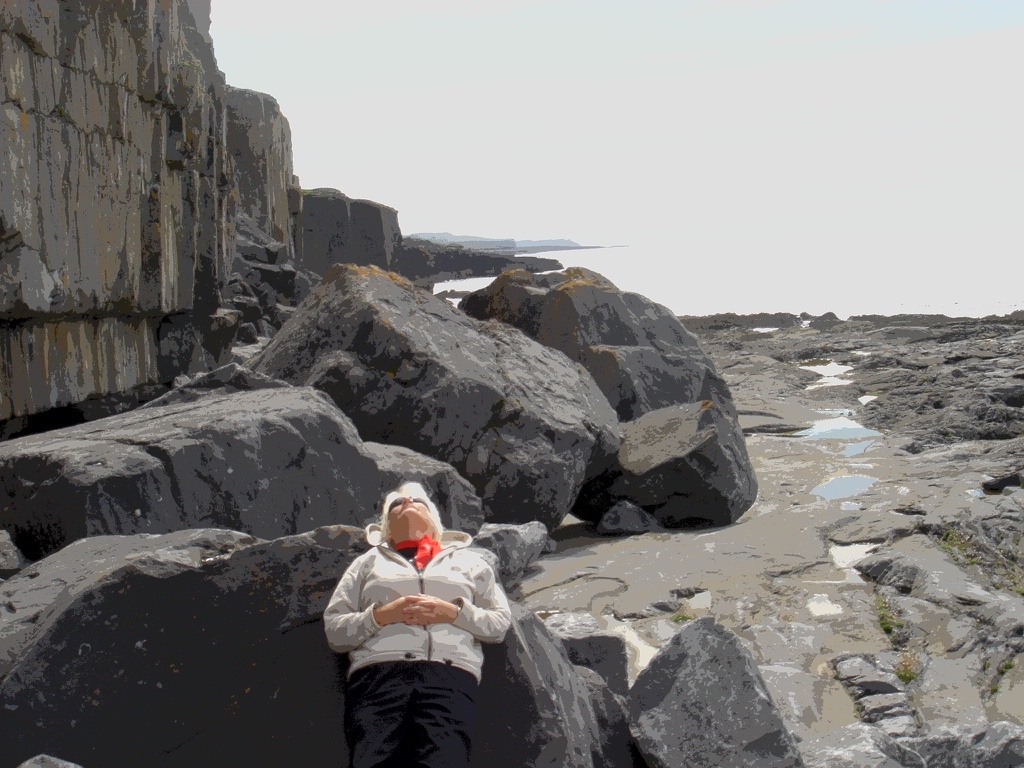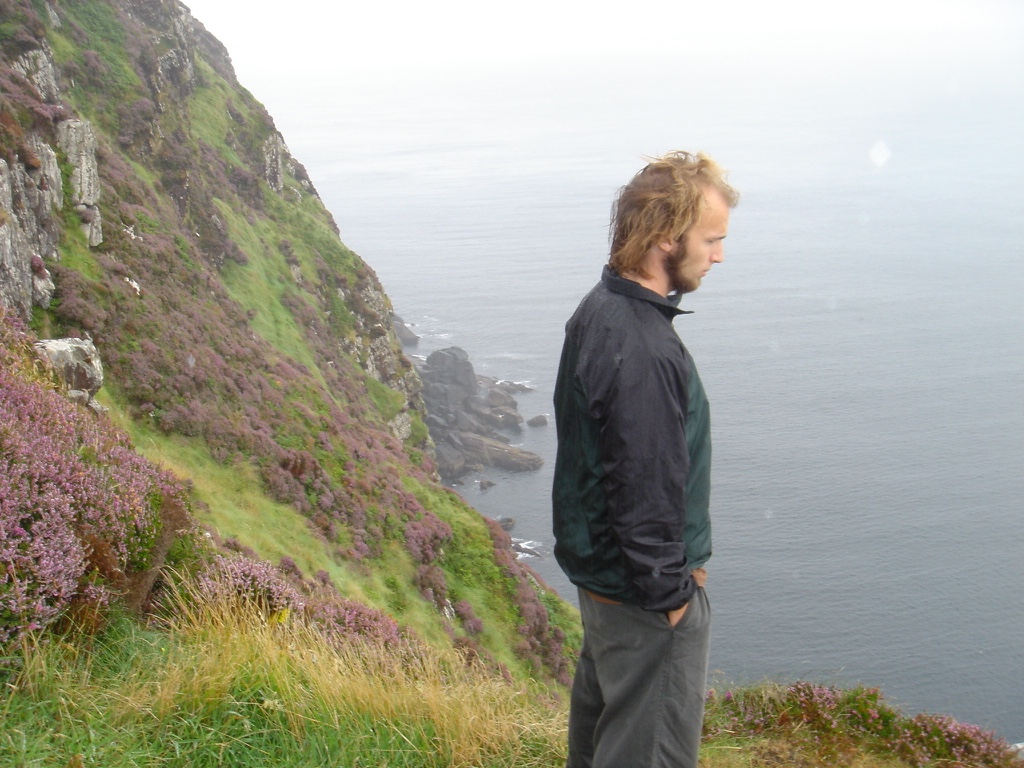Touring Counties Kerry and Clare was like eating an Irish scone
A poster at Shannon Airport proclaimed, “Ireland: the world’s favorite country.” And the scone is my favorite pastry. A perfect combination. Traveling through Counties Kerry and Clare that August was a lot like eating Irish scones. And I say Irish scones because I live in Utah, where the scones are often sad little pillows of dough fried to death in oil, then served on paper plates with a plastic fork. That’s how they did things at the local Sconecutter in Salt Lake City anyway.
Irish scones aren’t the delicate Southwestern sopaipilla or the sconus vulgaris from Starbucks either—those wedges of fat, flour, blueberries, and sugar—or anything you’ll find wrapped in cellophane at a mini mart. From the chinaware to the cake to the fruit bits to the servers, nibbling an Irish scone symbolized our recent trip.

That first afternoon in Killarney, the scones and tea were served on china plates made in England. Here we were in the Republic of Ireland, a separate country since the Anglo-Irish Treaty of 1921, and the boundary with the six counties of Northern Ireland was many kilometers away. But the reality of England—and its 800 years of brutal domination of its western Irish colony—is never far from the traveler’s mind. The Irish Republican Army announced it has ceased its armed campaign in Northern Ireland, but my children’s ancestors are from County Westmeath, and August 22 was the anniversary of Michael “The Big Fella” Collins’ murder in 1922 in a ravine on a road at Béal na mBláth, County Cork, a site south of Killarney. Collins was chief of the original Irish Republican Army and helped negotiate the treaty dividing Ireland into a republic and a part of the United Kingdom. (A commemoration is held every year, with 2022 being the 100th anniversary.) That history shadowed us the entire trip.
The scones served to us by Mary Margaret that drizzly afternoon were sprinkled with powdered sugar. The Irish can be a sweet and gregarious people, but the relationship is subtle. Their attention is a garnish on the conversation. A lilt. A smattering. It’s the small bell above the bookshop door, the clerk’s brogue.
The Irish scone’s cake is dry and mild, not heavy, not saturated with some bottled flavoring. The farther west we got, the less Irish the servers became. French accents went with our Doolin scones. The economic engine that was driving Ireland in 2006—the so-called Celtic Tiger—was reflected in numerous housing starts, renovations, and the presence of diverse European Union workers sprinkled throughout the republic.
An Irish scone is also scattered with moist surprises. Currants and blueberries were hidden in our Killarney scones like the other surprises of nature I saw. The gaudy profusion of the magenta fuchsia magellanica whirred by alongside the road, beauty taken for granted, ignored.
Decapitated blooms and leaves were thwacked through my open window into my lap as we sped along the left lanes of the narrow roads, slowing down only to avoid losing our Fiat Ducato’s side mirrors to tour buses and agricultural vehicles taking the opposite side. Fuchsias are precious in my native southern California, tended and misted like botanical starlets in hanging containers. Western Ireland’s roadside fuchsias are chopped into submission by clattering tractors, keeping the lanes clear with articulated mowing arms creeping along like great Celtic praying mantises.

Midway around the Ring of Kerry at the tearooms in Waterville, we plucked scones from a scraggly pyramid on a crowded counter. No powdered sugar sifted over the tops, no bringing over to the table, no cute little jam pots. This was serious teatime with Rachmaninoff piano concertos on the turntable, butter pats arranged on a scratched-up metal saucer like an afterthought.
The young proprietor slouched in a chair near the turntable and silently watched us. His right hand was bandaged, but not like he’d bumped into his mum’s back door jam. More like he’d just been patched up after a drunken brawl. He didn’t cover the yellowing bandage with a tea towel or even turn his shoulder away to spare us the sinister implications. This was rural Ireland. You Americans want tea towels and fancy, go back to Killarney.

I love the Irish language, landscape, flowers, and music. Like the sturdy, filling, fruity wedges of lumpy quick bread, the culture is slathered with the local jams and butters of ancient history. I also bit down into the heartbreak of so many who left Ireland for Canada and the United States, hopes and dreams for their children still in the oven.

Post a Comment